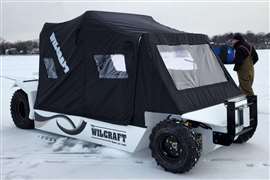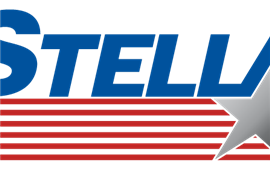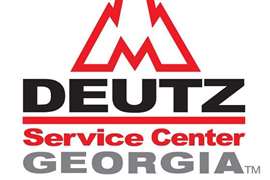Read this article in 中文 Français Deutsch Italiano Português Español
MTU large engines approved for both IMO III and HVO
05 September 2024
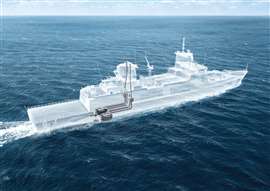 Rolls-Royce now offers its mtu Series 1163 and 8000 large engines with SCR system for compliance with IMO III. (Photo: Rolls-Royce Power Systems)
Rolls-Royce now offers its mtu Series 1163 and 8000 large engines with SCR system for compliance with IMO III. (Photo: Rolls-Royce Power Systems)
Rolls-Royce Power Systems is now offering its MTU Series 1163 and 8000 large engines rated 4,800 to 10,000 kW (4,800 to 13,410 hp), in all cylinder variants (16 and 20V in each case), with a selective catalytic reduction (SCR) system for compliance with emission stage IMO III. This means ships powered by the engines will be able to enter Emission Control Areas (ECA), such as in the Baltic and North Sea and off the North American coast.
The Series 1163 and 8000 engines have been used for many years in frigates, corvettes and offshore patrol vessels as well as fast ferries and yachts. Series 8000 engines have also powered large ships across oceans globally.
“With this portfolio expansion, we are making our MTU large engines future-proof and more climate-friendly in line with our strategy,” said Knut Müller, senior vice president, Global Governmental Business, at Rolls-Royce Power Systems. “They have been setting standards in their power range for many years in terms of power density, efficiency and economy.”
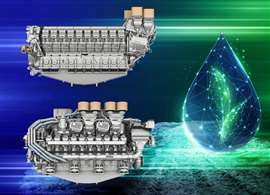 Rolls-Royce has now approved the mtu engines of Series 1163 and 8000 for operation with sustainable fuels. (EN15940, e.g. HVO). (Photo: Rolls-Royce Power Systems)
Rolls-Royce has now approved the mtu engines of Series 1163 and 8000 for operation with sustainable fuels. (EN15940, e.g. HVO). (Photo: Rolls-Royce Power Systems)
The core component of the engines’ new mtu exhaust gas aftertreatment is the SCR system in which nitrogen oxide (NOx) emissions are reduced by 75% compared to IMO II limits. The actively controlled system continuously measures emissions upstream and downstream of the SCR system to ensure optimum and compliant operation and a minimum dosage of the required reducing agent. The ability to be installed horizontally or vertically makes the system adaptable to a variety of ship designs and layouts.
Already designed to be shock-proof for military applications, the exhaust gas aftertreatment system is available, if required, with bypass in order to maintain safe engine operation and unrestricted propulsion power even under extreme shock requirements and long low-load periods.
Rolls-Royce also announced that MTU Series 1163 and 8000 engines are now approved for operation with sustainable fuels (EN15940), including hydrotreated vegetable oil (HVO), without any modifications to the engines.
“There is a lot of interest from many customers in the marine industry who want to improve their carbon footprint, particularly in HVO,” said Denise Kurtulus, vice president, Global Marine, at Rolls-Royce Power Systems. “Test results on the test bench and in operation at customer sites show a significant reduction in greenhouse gases as well as NOx and particulate emissions. With our current and future propulsion solutions for sustainable fuels, we want to be a reliable partner for our customers as a driver of the energy transition.”
POWER SOURCING GUIDE
The trusted reference and buyer’s guide for 83 years
The original “desktop search engine,” guiding nearly 10,000 users in more than 90 countries it is the primary reference for specifications and details on all the components that go into engine systems.
Visit Now
STAY CONNECTED




Receive the information you need when you need it through our world-leading magazines, newsletters and daily briefings.
CONNECT WITH THE TEAM











